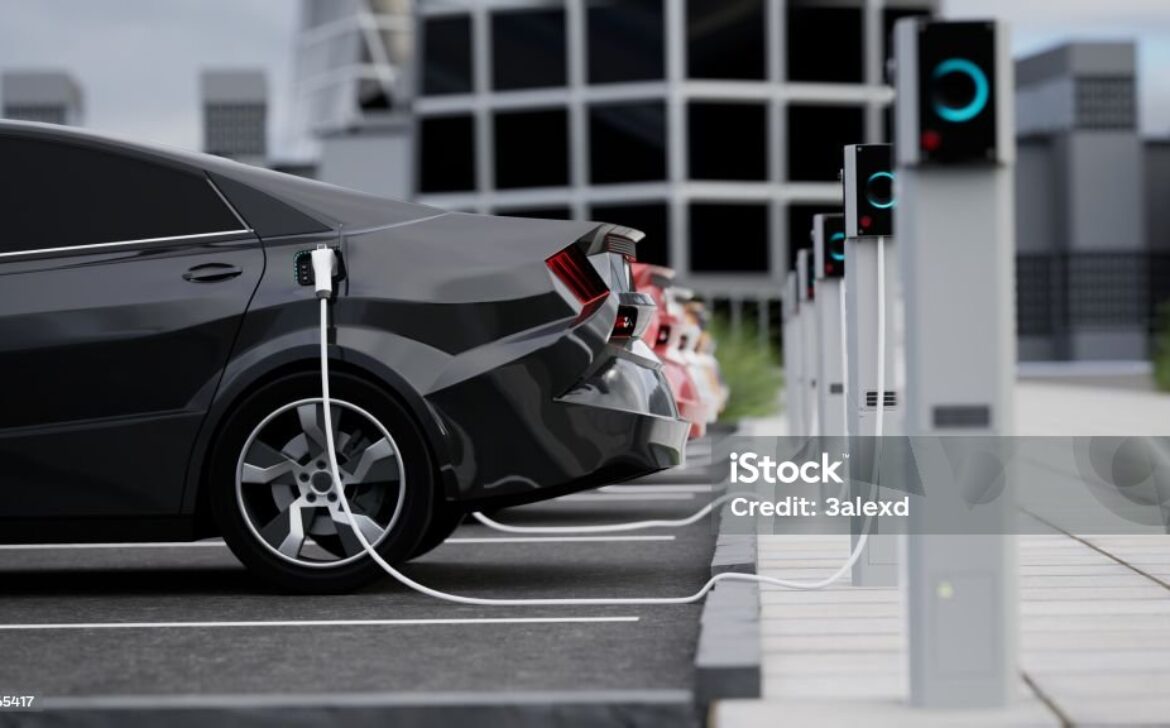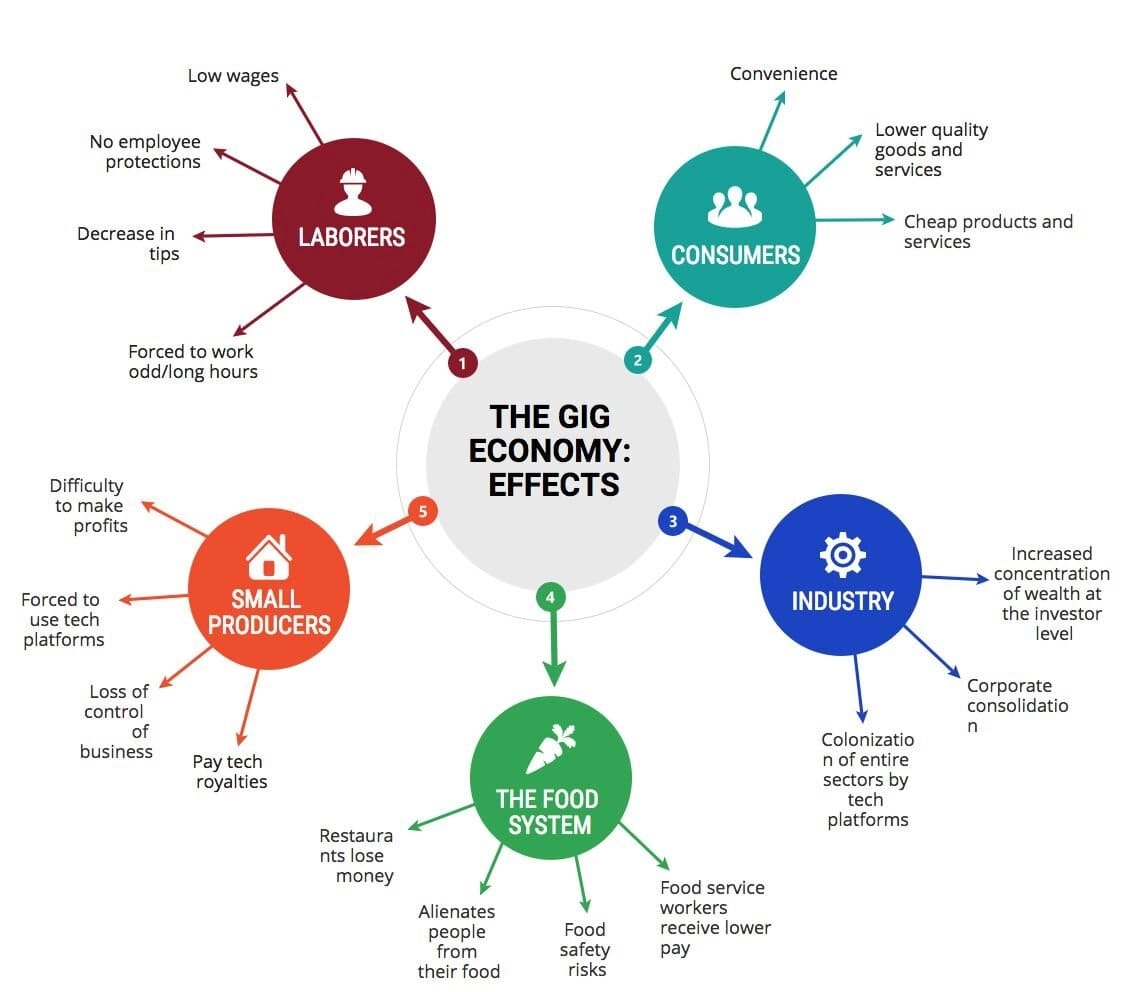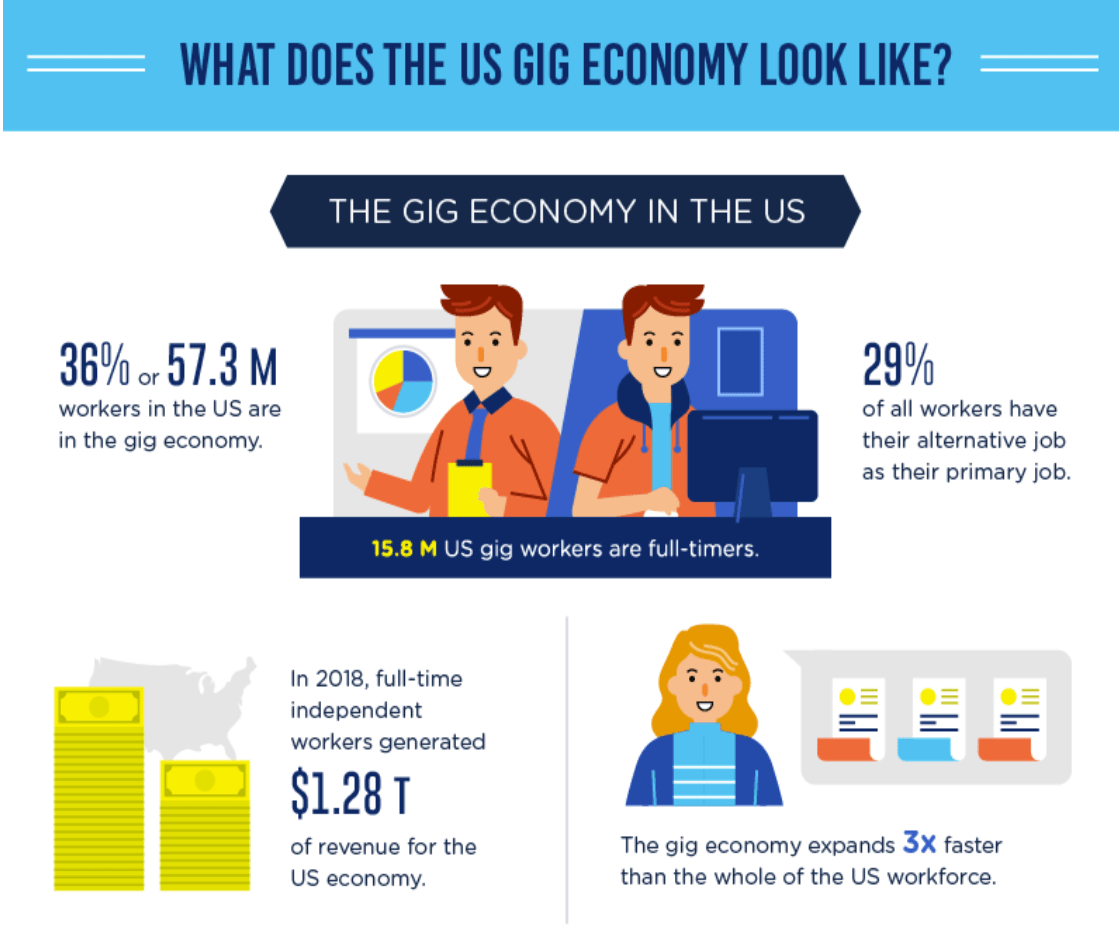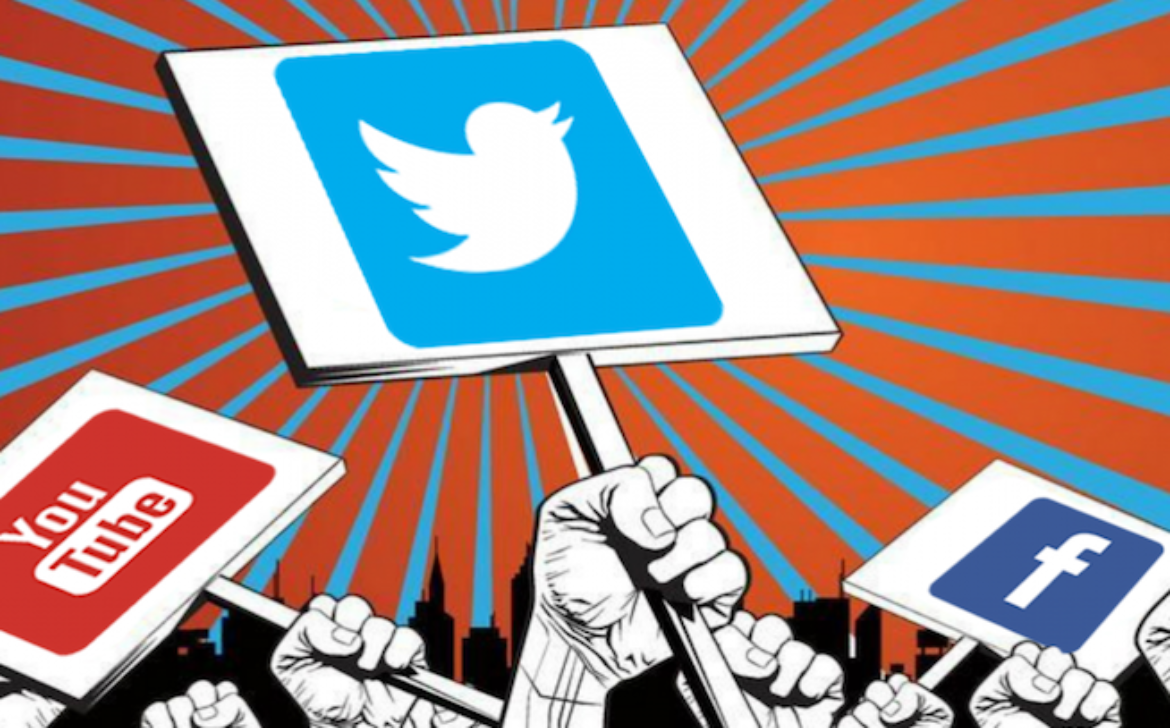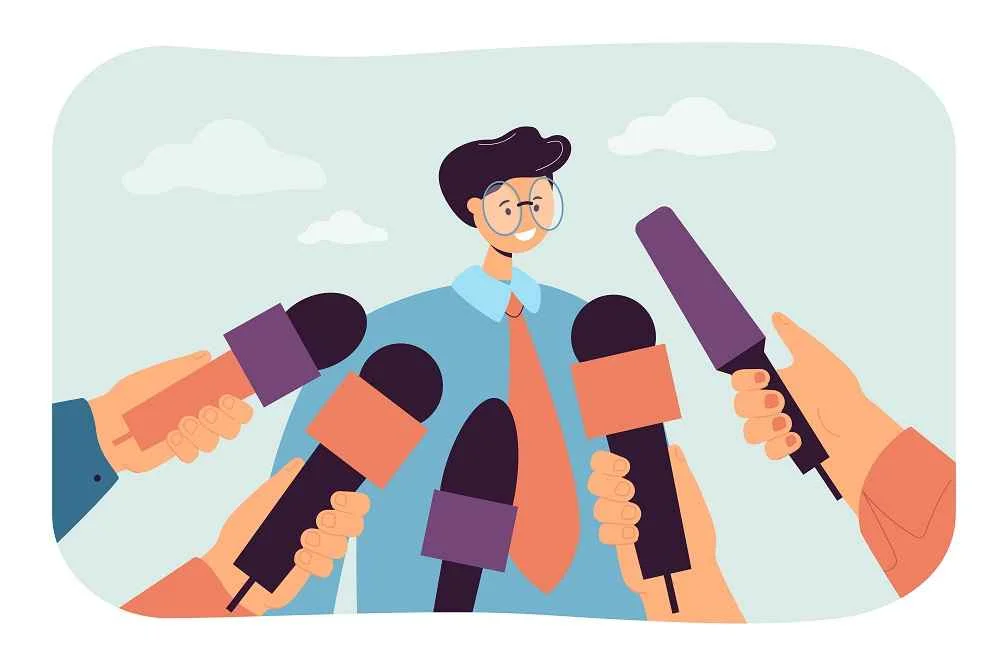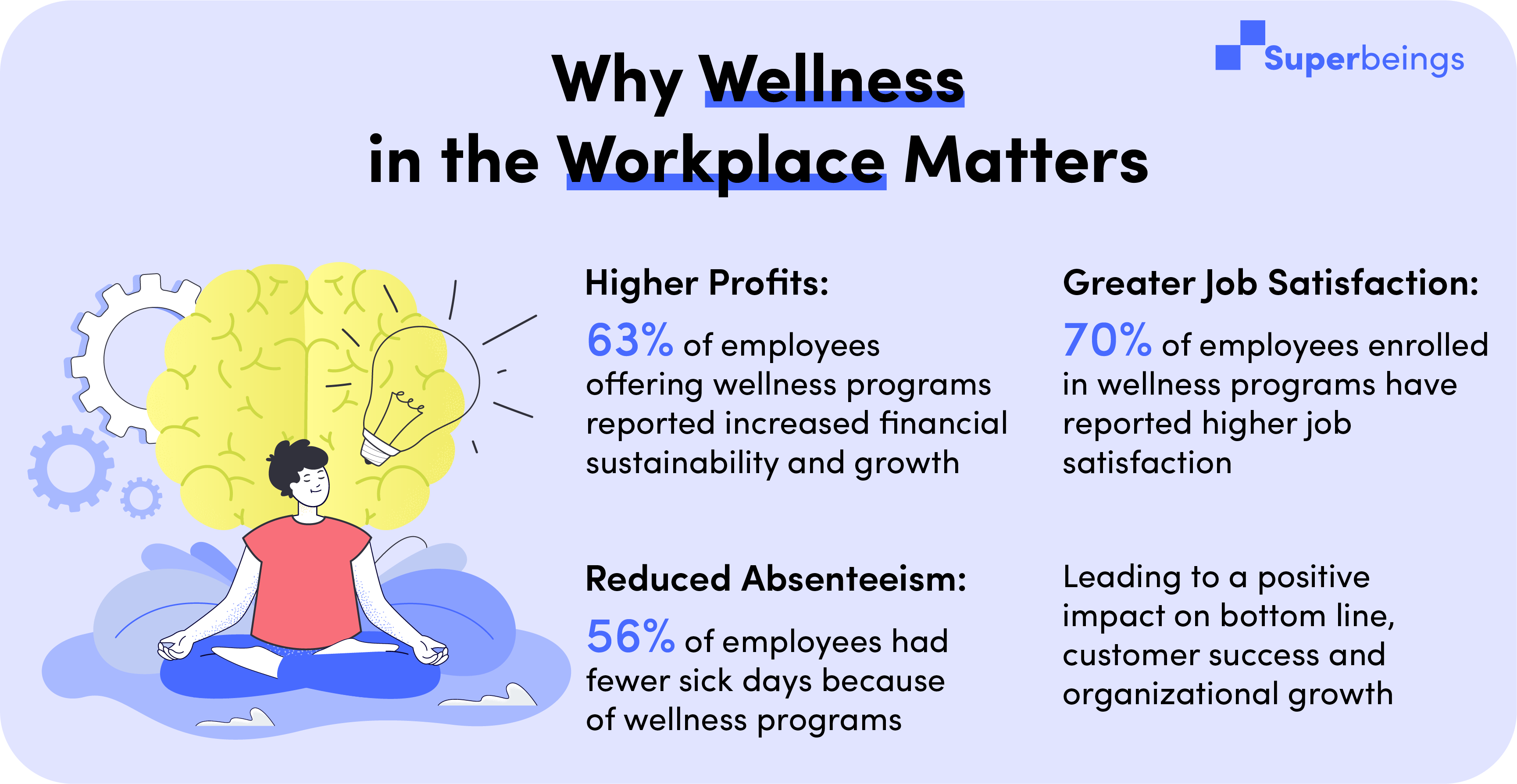In today’s fast-paced and competitive business world, the emphasis on workplace wellness has become paramount. Employers are increasingly recognizing the importance of fostering a healthy and supportive work environment not only for the well-being of their employees but also for the overall success and productivity of the organization. This post delves into the various aspects of workplace wellness, exploring strategies and initiatives that contribute to cultivating a thriving and productive workplace.
The Importance of Workplace Wellness
At the core of any successful business is a team of motivated and healthy employees. Workplace wellness goes beyond traditional health benefits; it encompasses physical, mental, and emotional well-being. A comprehensive wellness program acknowledges that employees are not just assets but individuals with diverse needs.
A healthy workplace is directly linked to increased productivity, reduced absenteeism, and improved employee engagement. When employees feel valued and supported in their well-being, they are more likely to be committed to their work and contribute positively to the organizational culture.
Building a Foundation: Physical Wellness
Physical wellness is often the starting point for many workplace wellness programs. Encouraging regular physical activity, providing ergonomic workstations, and promoting a healthy work-life balance are key components. Companies may offer gym facilities, organize fitness challenges, or provide incentives for employees to engage in physical activities. These initiatives not only improve physical health but also contribute to stress reduction and increased energy levels.
Nurturing Mental Health: A Priority
Mental health is an integral aspect of overall well-being, and its significance in the workplace cannot be overstated. Employers are recognizing the need to create an environment that supports mental health, destigmatizes mental health issues, and provides resources for employees facing challenges.
Workplace wellness programs often include mental health resources such as counseling services, workshops on stress management, and awareness campaigns. Creating a culture that encourages open communication and prioritizes mental health allows employees to feel more comfortable seeking support when needed.
Striking the Work-Life Balance
In an era where remote work and digital connectivity are prevalent, achieving a healthy work-life balance has become a crucial aspect of workplace wellness. Employers are adopting flexible work hours, remote work options, and policies that discourage excessive overtime. Encouraging employees to take breaks and vacations contributes to preventing burnout and ensures sustained productivity over the long term.
Fostering a Positive Work Environment
The physical and mental aspects of workplace wellness are complemented by the overall work environment. A positive and inclusive workplace culture promotes collaboration, creativity, and employee satisfaction. Companies are investing in team-building activities, diversity and inclusion initiatives, and leadership development programs to create a supportive and inspiring atmosphere.
Nutrition and Well-Being Initiatives
Nutrition plays a vital role in overall well-being, and employers are incorporating wellness initiatives that focus on healthy eating habits. This may include providing nutritious snacks, organizing workshops on nutrition, or partnering with wellness experts to offer guidance on maintaining a healthy diet. A well-nourished workforce is more likely to be energetic, focused, and resilient.
Employee Assistance Programs (EAPs)
Employee Assistance Programs have become a cornerstone of workplace wellness strategies. These programs offer confidential counseling services, financial advice, and resources to help employees navigate personal and professional challenges. EAPs not only support individual well-being but also contribute to a more resilient and stable workforce.
Technology and Wellness Integration
In the digital age, technology is playing a significant role in shaping workplace wellness initiatives. Companies are leveraging wellness apps, wearables, and online platforms to provide employees with tools for monitoring and improving their health. These technologies not only enhance accessibility to wellness resources but also facilitate data-driven insights for employers to tailor programs to their workforce’s specific needs.
Measuring Success: Data-Driven Insights
Establishing metrics to assess the success of workplace wellness programs is crucial for ongoing improvement. Utilizing data analytics allows organizations to track participation, employee satisfaction, and the impact on key performance indicators. This information enables employers to make informed decisions, refine existing initiatives, and introduce new strategies to address evolving needs.
Creating a Sustainable Wellness Culture
Workplace wellness is not a one-time effort but an ongoing commitment. Companies that successfully cultivate a culture of wellness are those that integrate it into their core values and business strategies. This includes leadership endorsement, continuous communication, and adapting wellness programs to align with changing employee demographics and needs.
Conclusion
Workplace wellness is a multifaceted approach that considers the holistic well-being of employees. By prioritizing physical health, mental well-being, work-life balance, and creating a positive work environment, organizations can foster a culture of wellness that pays dividends in terms of employee satisfaction, engagement, and overall business success. As businesses evolve, so too must their commitment to workplace wellness, ensuring that employees are not just contributors to the bottom line but individuals who are valued, supported, and empowered to thrive both personally and professionally.



